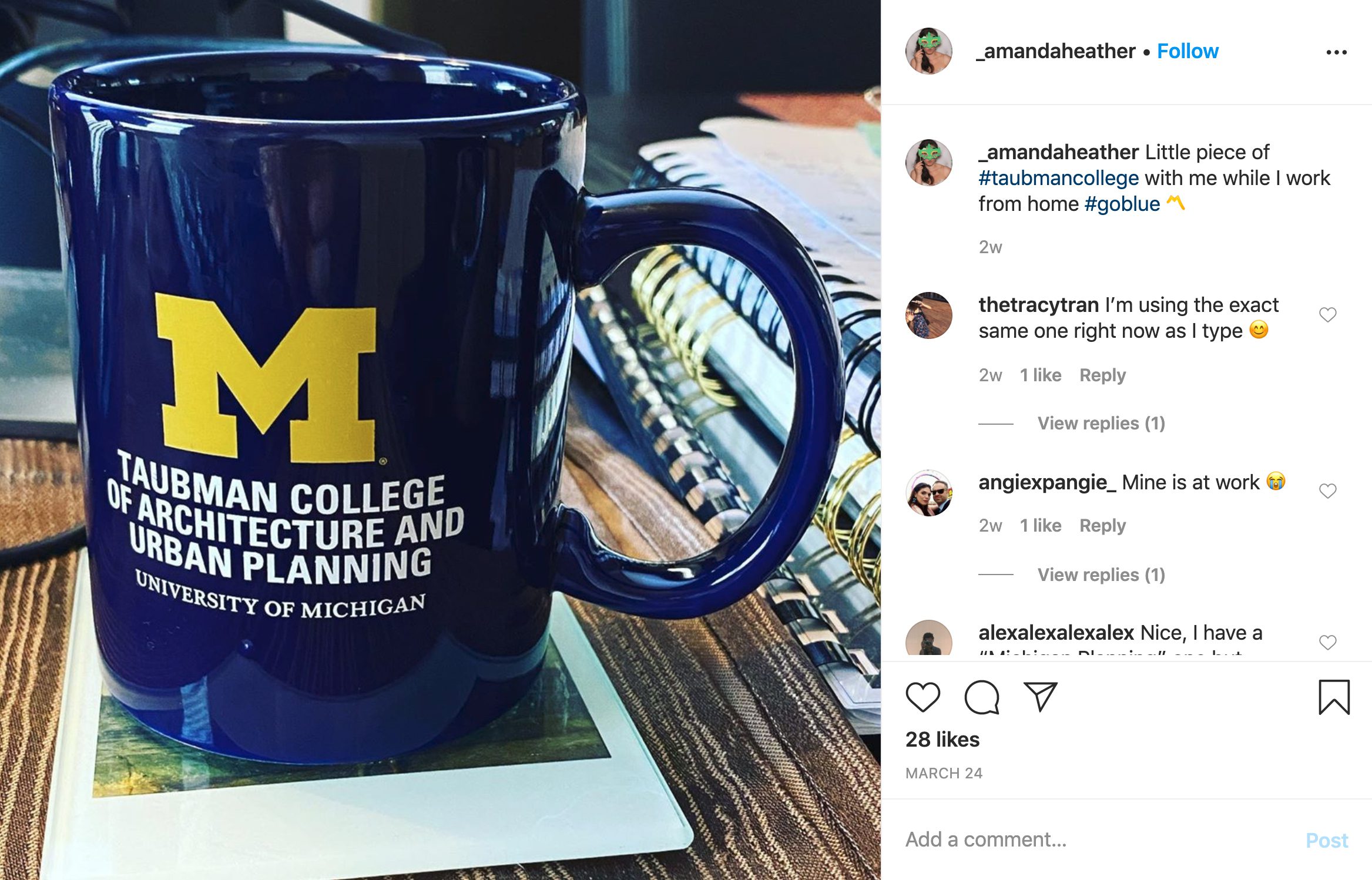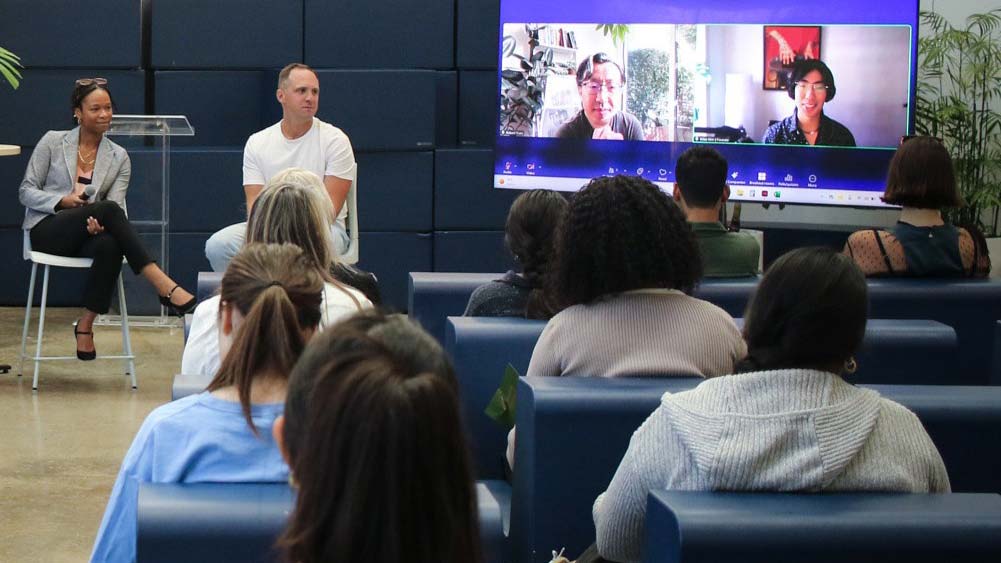
Dean Massey Reflects on COVID-19’s Transformation of Education
Taubman College Dean Jonathan Massey recently published an essay in Places Journal as part of its “Field Notes on Pandemic Teaching” series, in which educators around the globe share their thoughts on the challenges of abruptly moving to online teaching during the COVID-19 pandemic. Dean Massey’s essay is excerpted below.
Gravitational Slingshot
Don’t go back to normal. Of all the coronavirus slogans and memes now circulating, this is the one that is motivating me as we chart a new path for teaching and learning at the Taubman College of Architecture & Urban Planning.
Residential education based on face-to-face teaching is a glorious thing, but it has limitations and drawbacks, too. Embodied, personalized, and sociable, it is also demanding, prescriptive, and costly. The parameters that work well for some students might disadvantage others, filtering out a diversity of talent based on factors ranging from ability to socioeconomic status.
These dynamics are especially pronounced in professional programs: medicine, law, dentistry, nursing — and yes, architecture. The cost, credit hour requirements, inflexible curriculum, and contact hour expectations of architectural education can be disproportionate to the benefits, particularly for learners from traditionally underrepresented groups. The pedagogy and culture of design studio embody the best and the worst of face-to-face education. Intimate, intense, communal, synthetic, creative … but also excessive, wasteful, exhausting, and at times exploitive.
It’s a trope of space thrillers that when your damaged spaceship is drifting dangerously close to the black hole, you use the last ounce of fuel to set a gravity-assist course that will propel you forward onto a new trajectory. In adapting to the challenges of our traumatic present and unknown future, I’m looking to these gravitational slingshots for inspiration.
My aim is to address the challenges of the pandemic by accelerating equity innovation: academic innovation that supports diversity, equity, and inclusion by making education more accessible to a broader range of learners. To be sure, the digital divide is real; online instruction disadvantages some students. But so does on-campus instruction, which all too often forces learners with diverse needs and preferences into a single pathway through a one-size-fits-all education geared toward the most privileged. So let’s prioritize adaptations that can improve residential education once the plague has passed. This is the work of building the discipline we deserve, rather than perpetuating the one we’ve inherited from forbears with circumstances, demographics, and values that were shaped by different times.

A student workspace under emergency remote instruction.

Via Zoom, admitted students can see the robotics capacities available on campus.
At Taubman College, faculty, students, and staff have stepped up under extraordinary pressure, making the transition from face-to-face instruction in a closely knit community to teaching and learning at a distance using file sharing, email, and, yes, Zoom. They have adeptly migrated annual events such as career fair, new student preview days, and student exhibitions into virtual platforms. Thanks to their dedication and skill, the abrupt adjustment to emergency remote teaching is working — for now. But it’s a far cry from true online instruction, which is intentional, supported, and planned along distinctive pathways.
Looking ahead to a year or more of adaptively triggered social distancing, we expect in-person instruction to be limited in size, density, duration, and frequency. We plan to complement whatever face-to-face work is allowed by public health measures with online instruction, running them in parallel and flexing between them as necessary. We are not going back to normal.
Beyond the next year or two lies an as-yet-undetermined new normal, in learning and in life, to be planned and designed. Our goal is to move from emergency remote instruction to resilient teaching that combines the strengths of face-to-face education, like access to specialized facilities and a lively academic community, with those of online instruction, such as the flexibility to balance teaching or learning with your caregiving responsibilities, your part-time job, your sleep or sports schedule, and accommodations for your disability. Resilient teaching sustains the imaginative discovery and peer-to-peer exchanges that enrich the design studio, but discards the all-nighters, the all-consuming schedule, the unsustainable costs.
Resilient teaching methods also equip us for the stresses of another pandemic, a natural disaster, or any disruptive event, even as they improve the instructional baseline in good times. If we handle the coronavirus challenge right, we will combine residential and online methods in order to make education more accessible, inclusive, and effective for the long haul. That’s the slingshot whereby this black swan, or black hole, can accelerate us onto a better course.
— Jonathan Massey
Read essays by other Taubman College faculty in the “Field Notes on Pandemic Teaching” series:
Associate Professor Matias del Campo
Associate Professor Andrew Herscher
Associate Professor Mireille Roddier
See the entire “Field Notes on Pandemic Teaching” series here.
Places Journal provides public scholarship on architecture, landscape, and urbanism. Learn more here.









